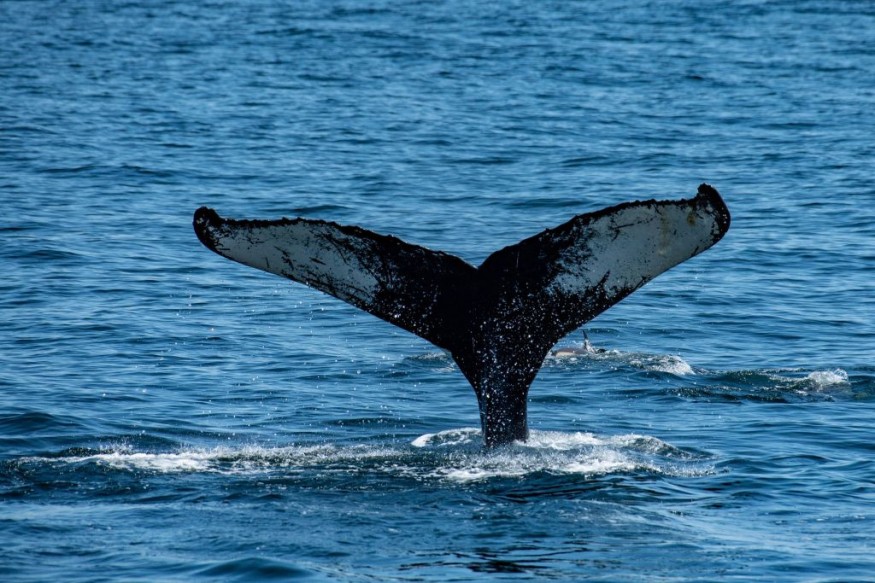Researchers showed that fiber optic cables would become helpful in monitoring the whales in the Arctic effectively as their population continues changing habitats due to climate change.
With the impact of technology and advancement, there are different tools that experts and scientists employ to track aquatic animals.
With the threat of climate change, aquatic animals can change their habitats by migrating to other areas due to the evolving environment.
Monitoring whales

In a research published in Frontiers in Marine Science, the report explained that two fiber-optic could become effective in tracking whales.
The real-time and effective monitoring of the whale population can also contribute to conserving their species against potential threats from ship collisions and large-scale commercial whaling.
Ultimately, the published article emphasized that whales are crucial to the ecosystem.
Without urgent actions and protections, the population of whale can reach
In addition, the report was also published on Phys.org's website. The report explained that fiber optics had played a significant role in today's communication.
As a result, the researchers tried to look into the potential role of two fiber-optics in monitoring the whales.
Based on the report, researchers managed to track and estimate the potential locations of eight fin whales.
The two nearly parallel fiber-optic telecommunications in the Norwegian arctic archipelago of Svalbard also helped the researchers locate the whales in the area.
According to the report, Martin Landrø who is part of the team, explained that they managed to track or follow the whales over the 1800 km2 area.
Martin Landrø is also part of the Norwegian University of Science and Technology (NTNU), serving as the head of Geophysical Forecasting.
The report noted that they employed Distributed Acoustic Sensing (DAS). In the research published in Frontier Science, DAS is said to be useful in converting fiber optic telecommunication cable.
The researchers added that the work showed the importance to of locating the whales over the 800km area.
Whale threats
According to the report published in Phys.org, the article explained that the emergence of fin whales in the Arctic region could become at risk due to the potential presence of commercial s hips.
The report said that the said fiber-optic cable could help prevent the potential strike risk among whales in the area.
Furthermore, the World Wildlife Fund (WWF) website revealed that whales also play a significant role in the marine environment's health.
The WWF said that whales could suffer from habitat loss, bycatch, pollution and shipping collisions that could also affect their young.
Ultimately, climate change and the warming of oceans affect the whale populations. Warming could push whales to migrate to other feeding grounds, affecting their young and reproductivity.
As a result, the conservation and monitoring of whales are crucial in the environment to prevent their brink of extinction and population decline.
Related Article : Tragic Death in Hawaii Coast: Fishing Gear, Plastic Found in Sperm Whale's Stomach
For more similar, don't forget to follow Nature World News.
© 2025 NatureWorldNews.com All rights reserved. Do not reproduce without permission.





